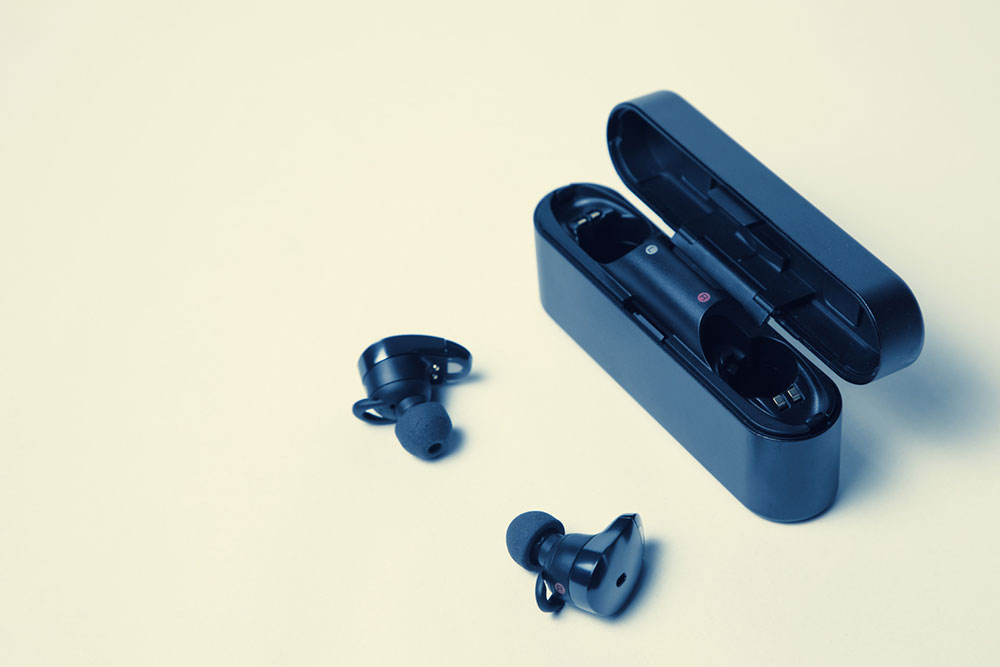8 mistakes to avoid while buying earbuds and headphones

For most people, music is the ultimate life companion. Individuals listen to music while traveling, working, exercising, or studying. People find comfort in their favorite songs when experiencing strong emotions or attempting to focus on something. Listeners need a good pair of earbuds or headphones to enjoy all their music wherever and whenever they want. Therefore, here are some common mistakes people make while buying earbuds and headphones that they should avoid.
Not researching enough
When buying any electronic product, it’s important to do research beforehand, especially when it comes to earbuds or headphones. Audio devices are generally expensive, so it’s essential to thoroughly research a particular brand and model before investing your hard-earned money. To make an informed decision, look at both expert and customer reviews online, compare prices and models across brands, and check for potential deals. While researching, focus on key aspects such as battery life, sound quality, sweat-proofing, and comfort when choosing headphones.
Preferring fashion over function
One of the biggest mistakes people make when purchasing audio devices is prioritizing the appearance of earbuds or headphones over their sound quality. Fancy earbuds or headphones may not necessarily provide great sound function. The fashion aspect of such devices undermines their overall cost-to-benefit ratio in the long run. Devices that look great but don’t function well or last long will only end up being stored away with other unused or discarded electronics. Therefore, it’s important to consider the aesthetic appeal and practical functionality of any audio device before making a purchase.
Overlooking the comfort factor
Wireless audio devices such as earbuds and headphones are used for a couple of hours every day. So, when buying an audio device with a one-size-fits-all approach might not help. When one goes to purchase headphones from a store, it is important that one prioritizes comfort. Buyers should look for flexible and durable headphones to last a long time. Earbuds or headphones with adjustable earcups and other adjustable panels can provide comfortable listening. When selecting headphones, one should also pay attention to the foam cushioning and fabric breathability. It is not ideal to purchase headphones that are too heavy or tight to use, as they may cause potential ear-related issues with continuous usage.
Underestimating the impact of audio latency
Latency refers to the time difference between when an audio signal is sent and when it is received. While listening to music, people may not pay attention to latency. However, while watching movies or playing video games, high latency can draw users’ attention and become a major distraction. Therefore, one must consider the latency rating when buying earbuds or headphones, as lower latency ratings will provide a better overall experience.
Earphones are more of an audiovisual device than just a sound transmitter. By ensuring that the latency aspect of earphones is just right and low enough, one increases the scope of usability of their audio device by several degrees.
Overspending on short-term headphones
One must know that high cost does not automatically equate to great quality in earphones. In several instances, users have paid exorbitant prices for earbuds or headphones and ended up regretting their choices after a few uses. Having said that, high-quality earphones generally tend to be on the higher end of the price spectrum in most cases. Essentially, there is no hard and fast rule to get this right. However, before buying earbuds or headphones, one must try them on to check their audio quality, comfort, sweat resistance, and portability. If the pair of devices performs well on these parameters, the earphones are worth buying.
Not considering the controls and accessibility
Modern earbuds and headphones come with several controls and accessibility settings. Instead of retaining the factory settings on their device, one must check if it allows them to set up touch gestures or buttons for specific actions and functions of their choice. While buying, one must also ensure that their device has wear sensors to automatically pause or resume their music when they remove or reinsert their earbuds or headphones.
Not considering controls, flexibility, and accessibility while buying headphones can lead to usage inconvenience for buyers in the future.
Chasing the brand
As with any product or service, most shoppers are guilty of selecting a pair of headphones just because a specific manufacturer has made them. Now, most big brands have high standards and reputations to uphold based on the positive user experience, quality, and audio depth of their devices. This makes the devices from such manufacturers pretty fail-safe for buyers. Nevertheless, users need to occasionally try new brands and models to see if they satisfy their specific needs. Several people have bought headphones from new, underrated brands and loved the decision years later. The headphone models from these brands have the ability to surprise users positively. That is something that even the biggest brands cannot offer.
Overlooking noise canceling capability
Noise canceling is a huge requirement for good headphones and earbuds. Buyers must check that their audio devices have an active noise-canceling feature.
Some other mistakes include paying extra money for surround sound capability and not considering the battery life of headphones and earbuds before buying them.


